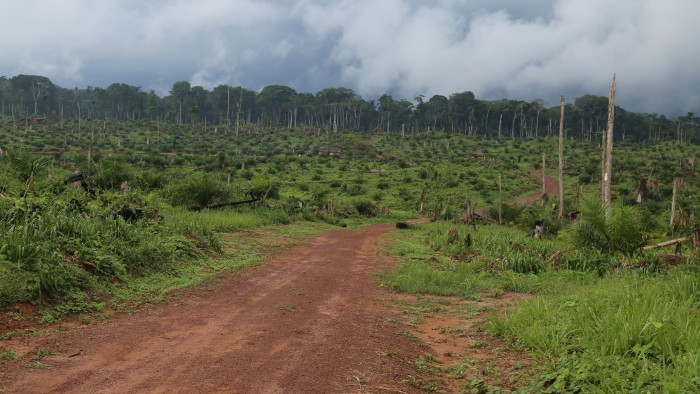Home / Environment / Congo Basin Deforestation Threatens Global Cocoa Supply
Congo Basin Deforestation Threatens Global Cocoa Supply
18 Nov
Summary
- Congo Basin, world's "second lung", losing tree cover rapidly
- Deforestation disrupting rainfall patterns in West Africa's cocoa belt
- Cocoa production in major producing countries projected to plummet

As of November 2025, the degradation of the vast Congo Basin, known as the world's "second lung", is taking a toll across the African continent and threatening one of the world's most traded and beloved crops: cocoa. Stretching across six Central African countries, the world's second-largest tropical rainforest is a critical carbon sink that shapes weather patterns as far away as Ivory Coast.
However, the Congo Basin has already lost around 10% of its tree cover since 2000, and deforestation is now accelerating, driven by small-scale agriculture, logging, and charcoal production. If current rates continue, 27% of the forest could be destroyed by 2050, leading to persistently drier conditions both locally and across West Africa's cocoa belt.
A recent study by Zero Carbon Analytics projects that by 2050, cumulative losses could reach 1.6 million tonnes in Ivory Coast, about 80% of current output, and a further 866,000 tonnes in Ghana, 377,000 in Nigeria, and 205,000 in Cameroon. This would have a global impact, with cocoa prices potentially reaching $68.10 per kilogramme by 2050, almost six times the 2030 level.




